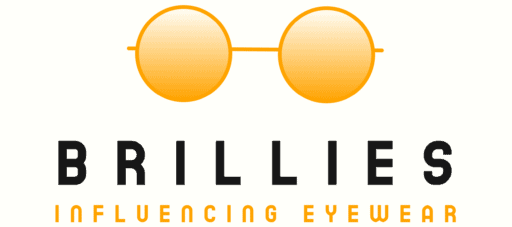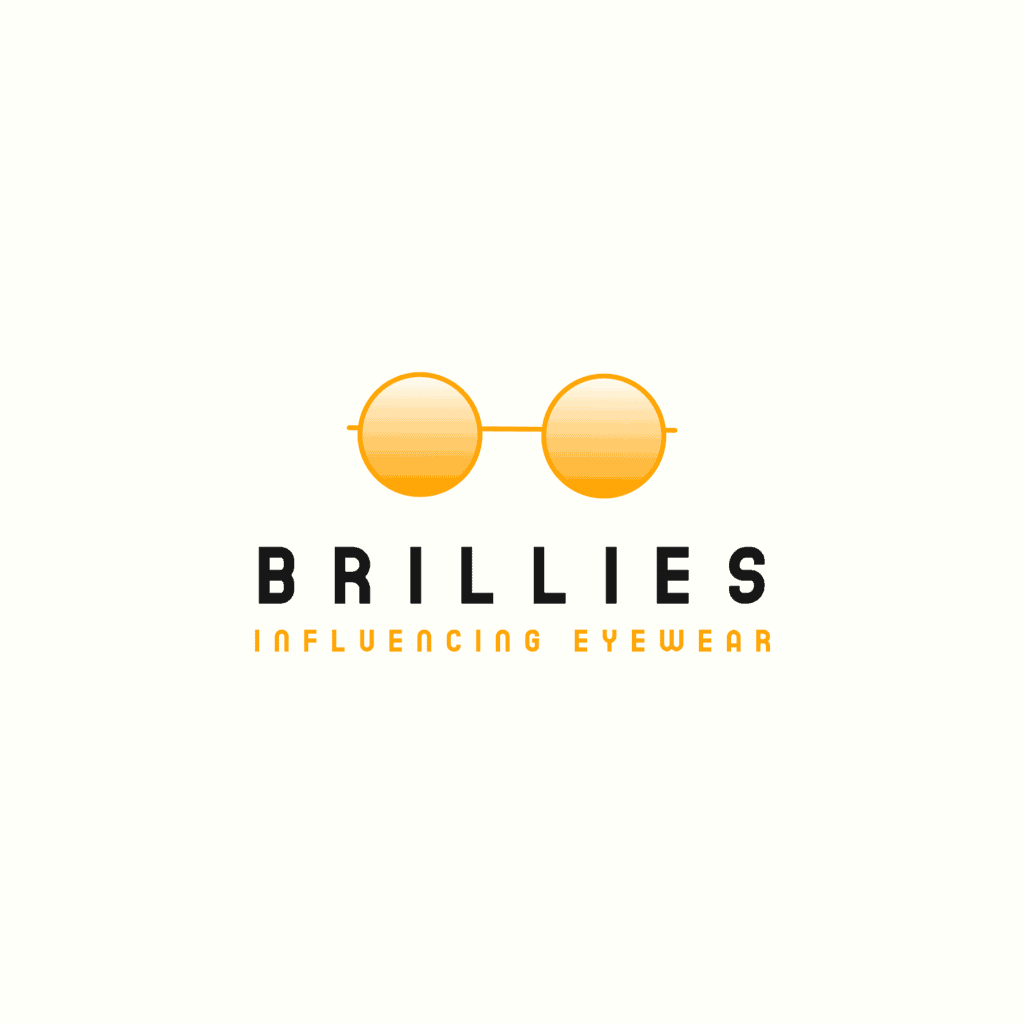NEW TO SUSTAINABILITY? DON’T WORRY.
HERE ARE SOME TERMS TO GET YOU STARTED: ]
Biodegradable
Biodegradable means something can break down into natural elements, carbon dioxide, and water vapor through natural organisms like bacteria and fungi; quickly. Typically within six and nine months.
Bioplastics
Plastics produced from renewable biomass sources, like vegetable fats and oils, corn starch, straw, woodchips, sawdust, recycled food waste, and more. An example is cellulose.
By-product
When a secondary product is created incidentally in the process of manufacturing another product. Cow leather is a by-product of the meat industry.
Carbon dioxide (CO2)
Aka; CO2. This is a naturally occurring greenhouse gas, however, concentrations have increased as a direct result of humans activity. Cars, burning wood, manufacturing, etc. CO2 is absorbed from the air by trees and plants in photosynthesis. Remember in school when they taught us plants ‘eat’ CO2 and spit out air? Yeah, that’s basically it.
Carbon Footprint
A measurement of impact on the environment. We can calculate CF for a person, a product, a corporation, or even a country; everything has one. It’s how we measure something’s contribution to climate change.
Carbon Neutral
The act of attempting to achieve net-zero emissions by reducing one’s footprint and balancing their greenhouse gas emissions with actions like carbon offsetting.
Microfiber Pollution
Tons of modern clothes and accessories are made with plastics. These garments shed tiny pieces of plastic called microfibers. Microfibers are too small to be filtered out by waste treatment plants, so they end up in our waterways. Sadly, once they reach the oceans, marine animals often mistake them for food. Microplastics are endangering aquatic life, and probably ending up in our food.
Organic
It’s not just for food! Organic refers to raw materials that aren’t genetically modified and grown without the use of chemicals. For clothing processes, that generally means the cotton crops are grown without pesticides and insecticides.
Petrochemicals
The main ingredient in most plastics.
Recycling
Recycling happens when waste is broken down and turned into something new. It’s different from upcycling which means altering, changing, or repurposing something for different use.
Climate Change
Climate change refers to persistent changes in the atmosphere that last decades or more, and are caused directly or indirectly by human activity.
Climate Positive
Climate positivity goes beyond the achievement of net-zero carbon emissions to create an environmental benefit by removing more carbon dioxide from the atmosphere than you emit.
Closed Loop
Closed loop refers to a system in which products are designed, manufactured, used, and handled for circularity.
Deadstock
Deadstock is old, leftover, unsold, unopened stuff. Deadstock vintage (what Brillies Sunglasses specializes in) is 20+ years old.
Downcycling
A type of recycling that turns waste into new materials but usually at a lower value than it was before. For example, if you recycled paper into paper shreds for packaging.
Global Warming
Global warming is the long-term increase in the overall temperature of the Earth’s atmosphere in comparison to pre-industrial levels (1850-1900). It is mainly due to human activities like the burning of fossil fuels, that pump carbon dioxide (CO2), methane, and other greenhouse gases into the atmosphere.
Greenwashing
When a company claims to be environmentally friendly without providing accurate information to substantiate the claims.
Upcycling
Upcycling transforms waste into new materials or products that are greater in value. For example, turning yarn scraps into a sweater.
Sustainability
The UN defines sustainability as our ability “to meet the needs of the present, without compromising the ability of future generations to meet their own needs.” Note* we are continually adding to this list. Let us know if there’s something else you like to see listed here.

